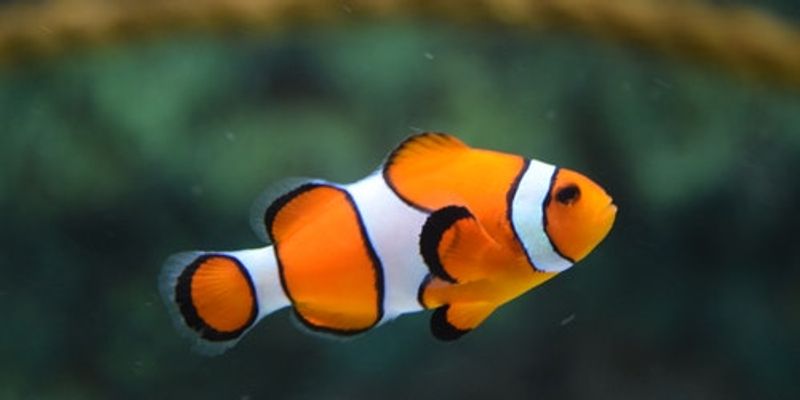Fish
Fish: are gill-bearing aquatic craniate animals that lack limbs. They form a sister group to the tunicates, together forming the olfactores. Included in this definition are the living hagfish, lampreys, and cartilaginous and bony fish as well as various extinct related groups.
-
The ability to breed zebrafish in the laboratory goes a long way in determining the success or failure a research program. The complexity of zebrafish reproductive behavior and spawning i...Speaker: Christian Lawrence, MSPresented at: Laboratory Animal Sciences Virtual Event Series 2015
FEB 05, 2015 | 7:30 AM
C.E. CREDITS
Fish are vertebrates but they are physiologically and psychologically different from mammals. This presentation will try to explain their differences from mammals and the different aspects t...
DEC 16, 2014 | 8:00 AM
Single-cell analysis is one of the most rapidly growing fields in biomedical research that is significantly expanding our understanding on the biologic characteristics of various diseases. F...
Speaker:
Filippos Porichis, PhD
The zebrafish, Danio rerio, is an ideal model organism to address a broad array of biomedical questions, and is now widely employed to answer questions about aging, behavior, cancer, growth,...
The rise of zebrafish as a research model has been dramatic. Given the global nature of the work, the rise in shipping zebrafish as a laboratory species has been sharp. Up until this point th...
A problem facing the rapid growth of zebrafish as a model for human disease is a lack of qualified personnel that understand the benefits and limitations of fish culture. As this model gains...
As the prevalence of the use of Zebrafish as an animal model continues its ballistic growth, the need for a better understanding of the factors that add up to success is needed. Topics cover...
FEB 06, 2014 | 7:00 AM
C.E. CREDITS
The question of pain in fish has been subject to much debate and, since fish are a popular experimental model globally and commercially important in fisheries, recreational angling and aquac...
The title of this presentation could have been Training within laboratory animal science - where we are and where we should be. While training has been the domain of facility managers for ma...
Speaker:
Bruce W Kennedy, MS RLATG CMAR CPIA
Presented at: Laboratory Animal Sciences Virtual Event Series 2014
Almost all discussion to date on the ethics of animal use in research has revolved around the balance of harms (to the animals) versus benefits (to us) associated with conducting the researc...
OCT 16, 2013 | 1:00 PM
C.E. CREDITS
Cancer cells have historically been classified by microscopic analysis of blood smears and tissue sections. Current technologies use molecular techniques to categorize and classify tumor cell...
Speaker:
Kristin Landis-Piwowar, PhD, MLS











